The Path to Creating Sakuna
By Nal from Edelweiss
This is Nal from Edelweiss. Among other things, I handled the programming, VFX, sound effects, and game design (mostly battle-related) for Sakuna: Of Rice and Ruin.
Let me begin by introducing Edelweiss to those unfamiliar with us. We’re a Japanese indie (doujin) game development group. I decided to start making games at home myself after I grew tired of being employed as a developer for highly commercial games that were licensed from manga and anime. I started getting serious about this hobby around 2005 by going to indie events like Comic Market (Comiket). Koichi teamed up with me as an artist along the way, and friends would join our team as needed depending on the nature of the work. Our team usually had somewhere around 4-10 people at any given time.
Sakuna is a unique game that combines both side-scrolling action and RPG simulation elements with a rice cultivation system that directly affects the protagonist’s growth. In the action segments, players engage in exhilarating combat characterized by a high level of control and crisp animations, all thanks to our staff’s experience developing fighting games. In the simulation segments, players cultivate rice with a level of depth that sets Sakuna apart from other simulation games while also getting a taste of the everyday life and food culture of premodern Japan. Please see the official site for more information!
Describing every detail of how Sakuna came to be would require me to go back all the way to my college days, a period of time that I cannot realistically cover here. But since I’m not bound by a character limit, I hope you’ll bear with me through this hellishly long essay.
I once made a game called Märchen Macho. This side-scrolling action game featured a cute girl who advanced by beating up a bunch of muscular men with a hammer. I made this game by scribbling down code I had just learned. It had no systems for creating a wide variety of characters or enabling variable stage placement, no terrain detection, and I programmed the story text directly in C. It had only one playable character, one stage, and one enemy. I stopped development without seeing it through to completion.

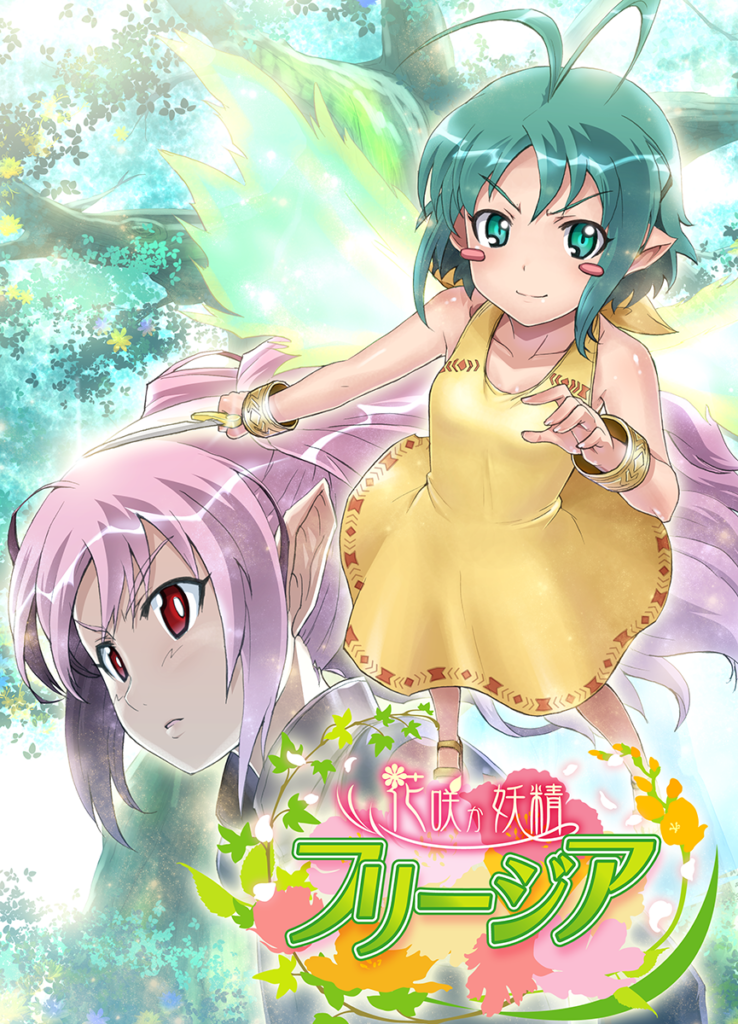
Next, I created a game called Fairy Bloom. This game gave birth to the one-vs-many battle system that allows the player to send enemies flying smack into other enemies and lives on in games like Sakuna. I slapped together this minigame in a single week without preparing any kind of framework for future expansion.
I then made a game called Fairy Bloom Freesia. You can still buy this on Steam, so some of you may know about it. This added a full-fledged combo system, world, and story to Fairy Bloom. It was a complete game that got some decent reviews. But since combat against enemy waves took place on a fixed screen, the player couldn’t go exploring, every stage looked practically identical except for some minor differences, the characters had little variation, and you could experience the whole game story- and -gameplay-wise in about two hours.
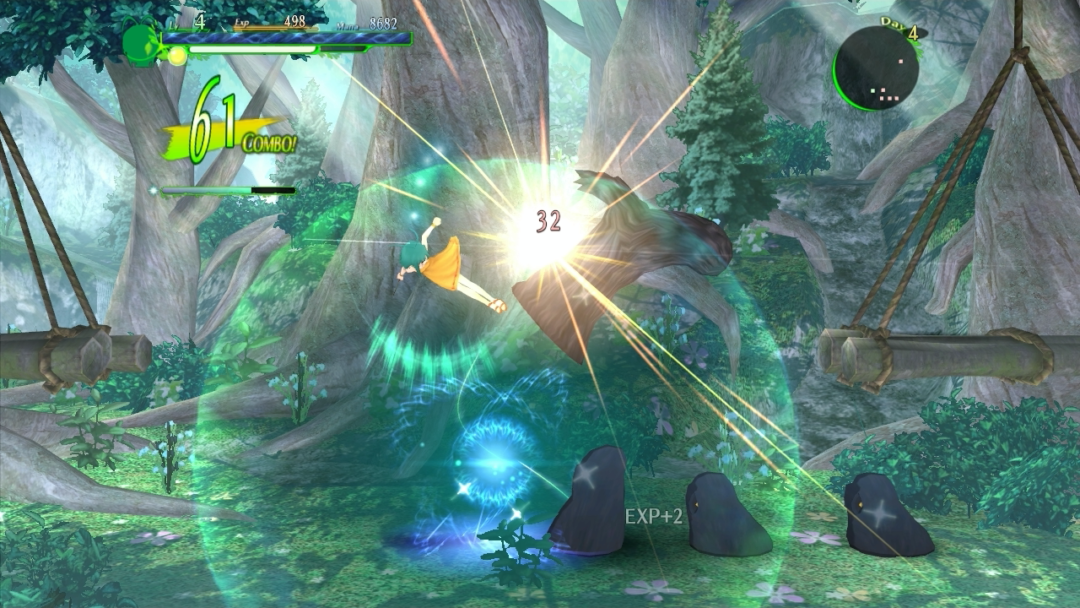
Clearly my worldbuilding skills needed some work, and I didn’t have anyone on my team really capable of making visual assets. That’s when the almighty artist Koichi joined and solved those asset problems.
We ended up creating a game called Astebreed next. We picked up some new skills while making this shoot ‘em up. Namely, we gained a deeper understanding of the shaders integral to graphics starting with the PS3 generation, modernized our stage placement and sound engine systems, and later on we obtained a low-level multiplatform engine from souvenir.circ while developing a PS4 version. We met XSEED Games around this time.
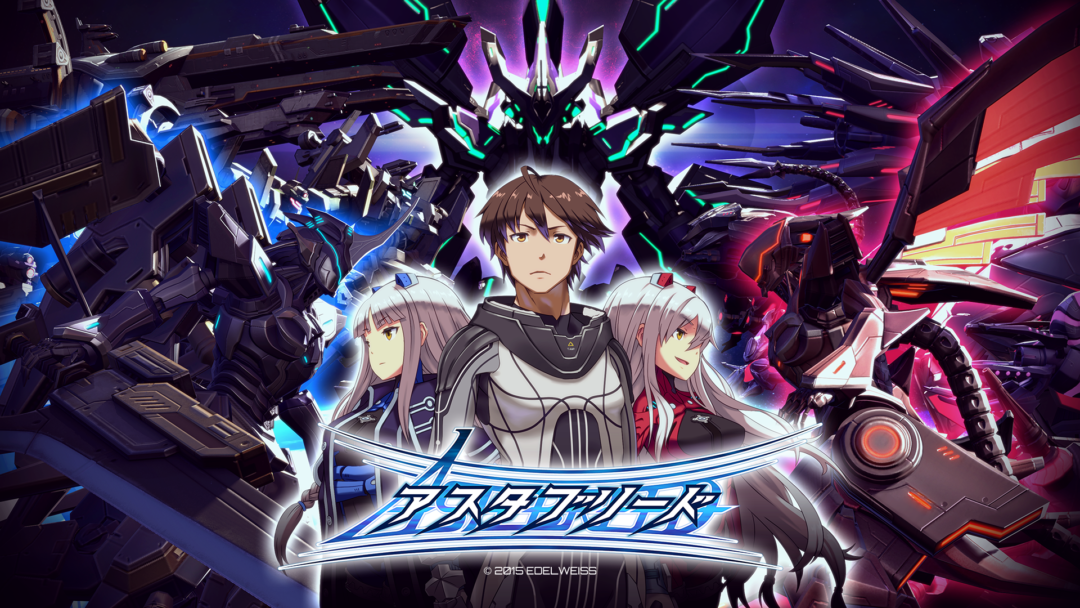
This is when I thought, “I can finally make the kind of game I wanted to create back in the Märchen Macho days.” Which brings us back to Sakuna. Oh, it took such a long time for us to get here. In short, I’ve wanted to create this kind of game ever since my student days, but I lacked the skills, connections, and many other things required to do so. At last, after creating so many titles one after the other, I gained everything I needed to make Sakuna a reality.
I crammed everything I wanted to do into Sakuna, and it took five and a half years to complete. I could talk endlessly about our struggles, but one especially big challenge we faced involved getting to the bottom of rice cultivation and making it a playable game experience.
For example, when recreating realistic rice planting in-game, how should the controls work, what kind of models do we need, and what kind of animations should we create? From a game design standpoint, how would the game evaluate the players’ efforts, and how do their efforts affect rice growth? Turning something from your imagination into reality with no precedents for reference requires a huge amount of energy, and I remember it as a truly challenging experience. (And sometimes we’d go through all the trouble of creating something only to discover that it wasn’t even fun to play!)
Sakuna’s unique combination of rice growing simulation elements and action RPG elements made development that much more difficult. The player cannot make progress only by growing rice or clearing dungeons. It took us a long time, and a lot of trial and error, to create a game loop where the rice cultivation simulation elements and action RPG elements naturally worked in tandem. When I play the finished game now, I’m honestly impressed that all those disparate elements come together so well.
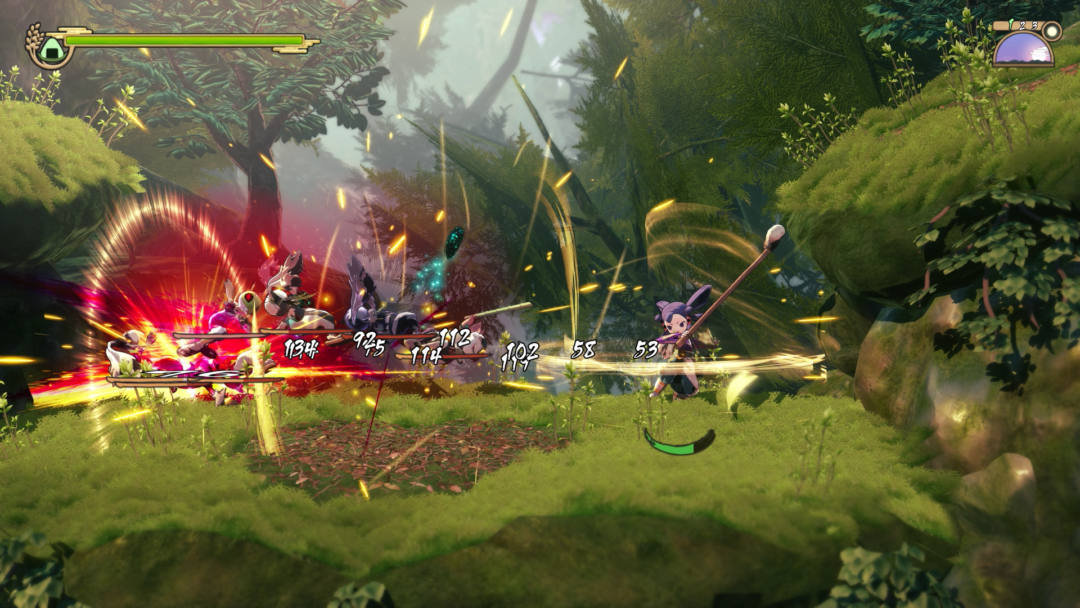
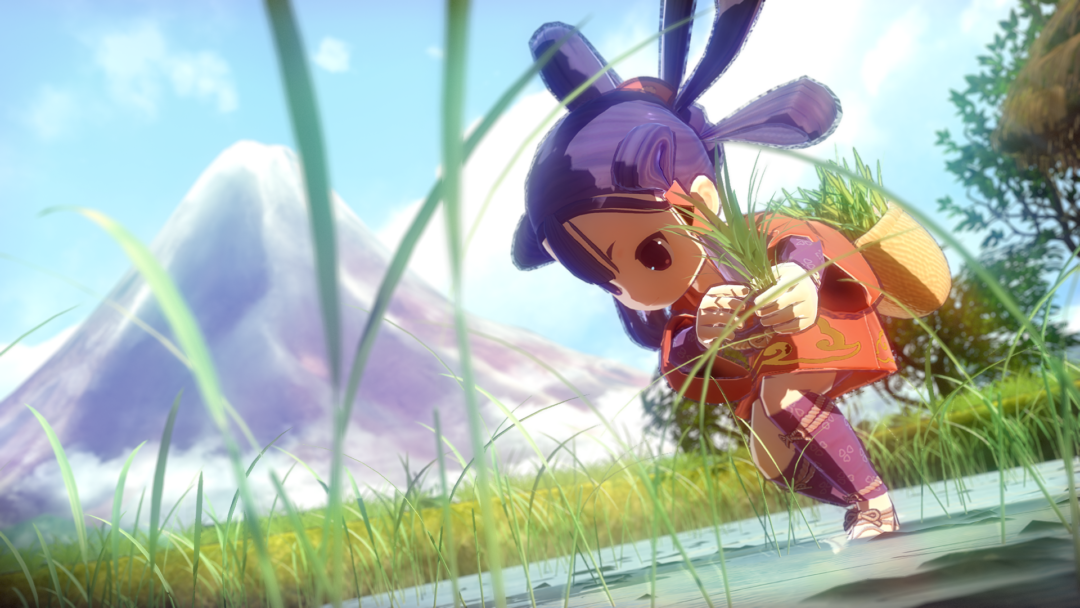
And now for some good news. You can pet the shiba inu dog in this game. But we didn’t settle for just a pat on the head. No, you can also rub its belly after it’s rolled over! What’s more, you can even pick it up and walk around with it. How wonderful! We didn’t add this in on a whim. We’ve planned for this since development began. Actually, I’m a dog person, but our animator is a cat person. They made a big fuss about applying any player interactions with dogs to the cats as well, so of course you can pet and pick up cats, too. I’d say this feature alone is a good enough reason to play the game.
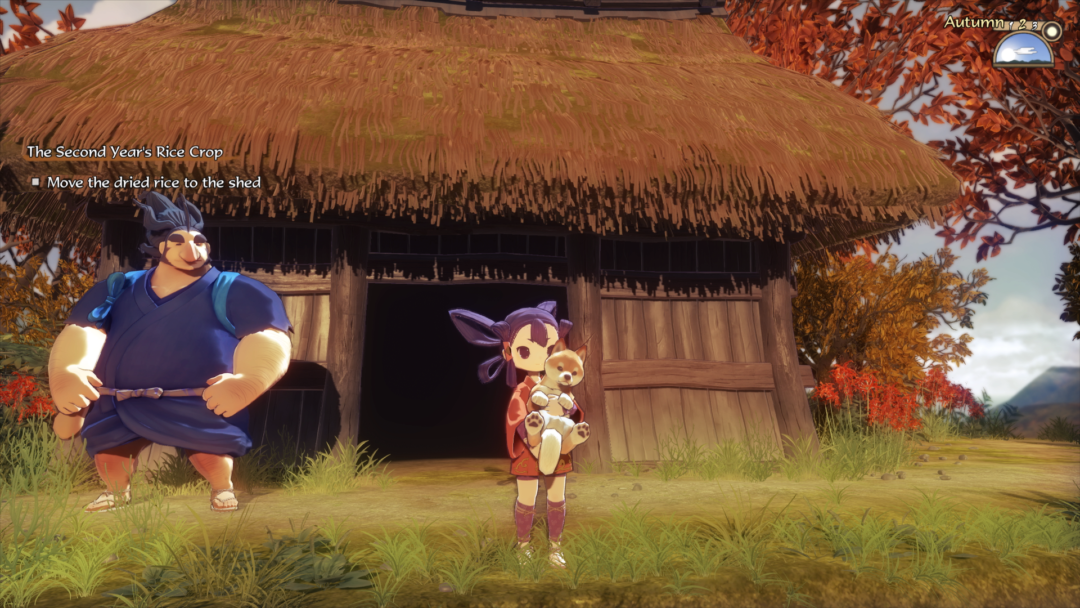

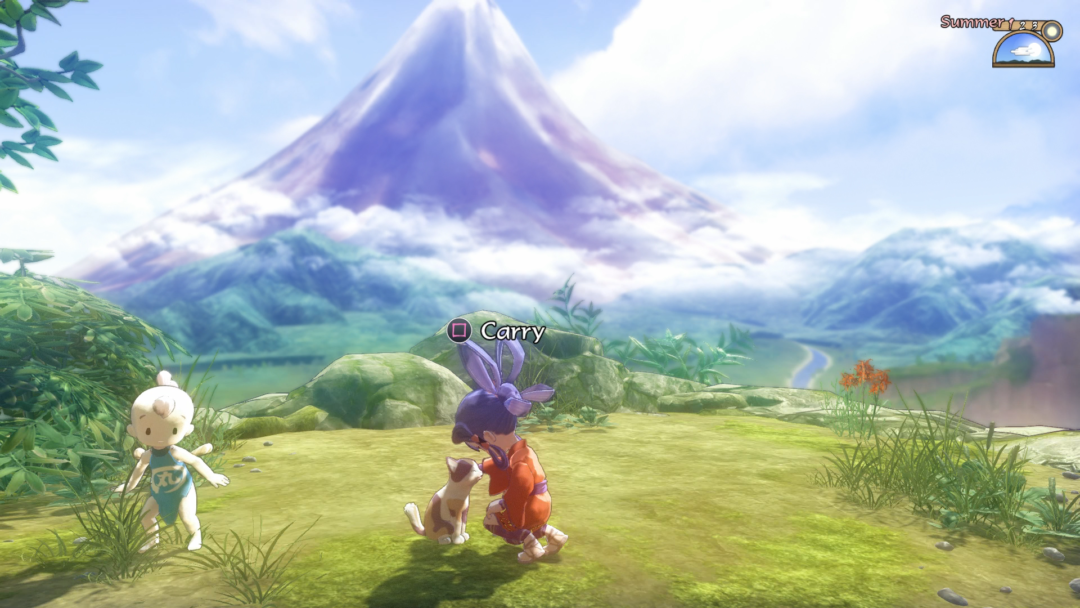
Just as with stories about our struggles, I could talk endlessly about our design choices. Sakuna represents our very best efforts. I hope our players enjoy it.
Lastly, I’d like to mention that this game will release simultaneously worldwide across multiple platforms. I’m glad that even players outside of Japan can buy a copy of our game right after its release. Have fun!
For more information about Sakuna: Of Rice and Ruin: www.sakunaofriceandruin.com
Pre-order at XSEED Games Store: https://store.xseedgames.com/product/sakuna-of-rice-and-ruin/
Digital pre-orders: http://sakunaofriceandruin.com/order/digital.php
